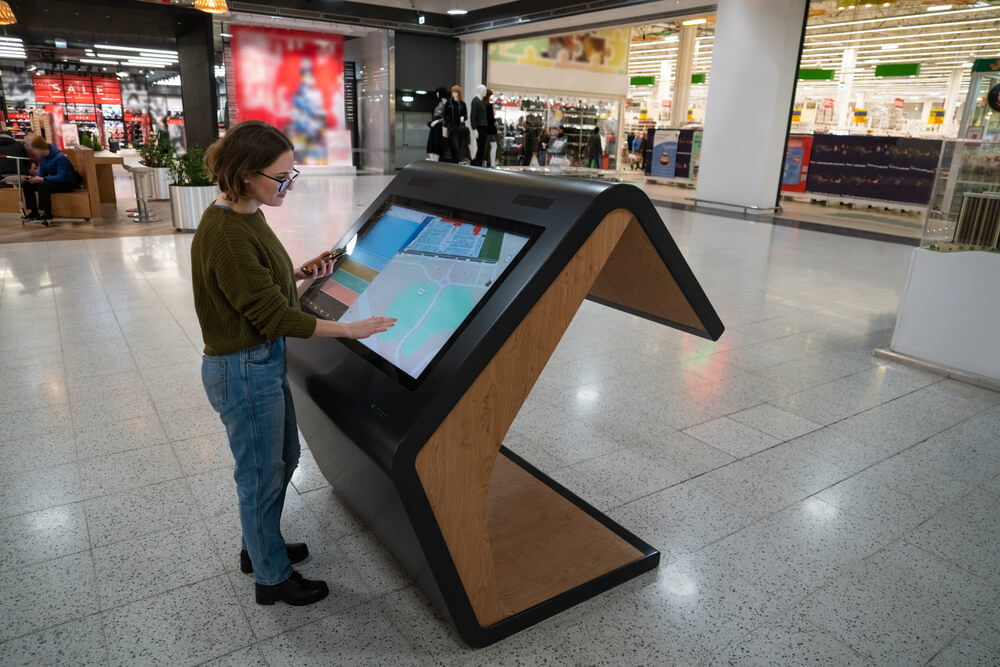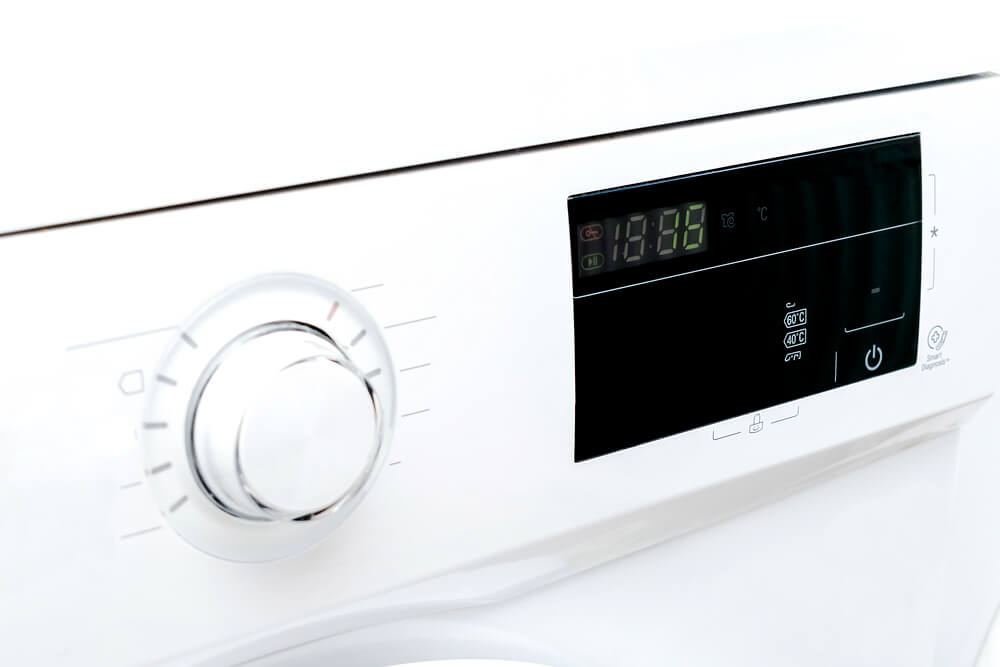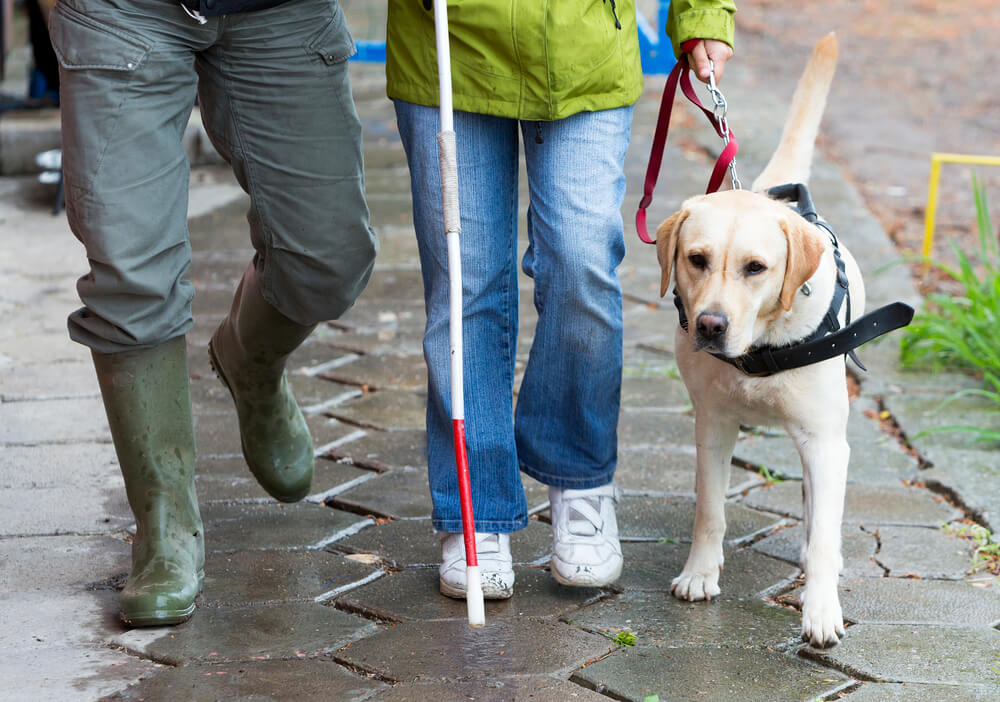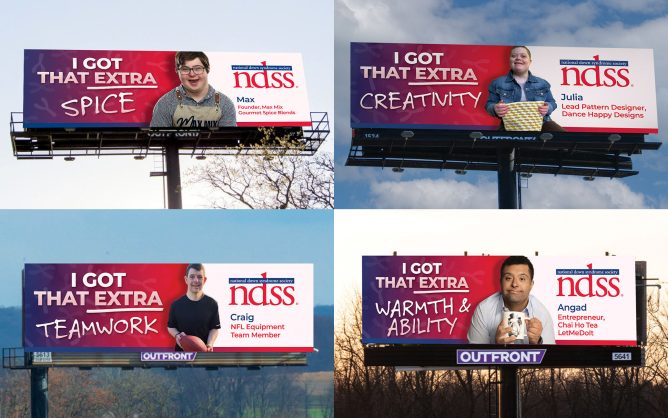Nadia Mattiazzo remembers going to her regular café one day back in 2016 and trying to buy a cup of coffee.
To her shock and dismay, she found there was no way she could pay for it.
Mattiazzo, who is blind, said the café had installed a new eftpos machine overnight which had a touchscreen.
With no fixed buttons to help her orientate the location of the digits, Mattiazzo could not enter her PIN.
“I went in to buy my coffee and suddenly there was this screen and I had no cash,” Mattiazzo, who is the CEO of Women with Disabilities Victoria, said.
Soon, Mattiazzo started noticing similar eftpos touchscreens appearing in other cafés and restaurants.
“Suddenly they were popping up in a lot more places and I was like, ‘This is ridiculous’,” Mattiazzo said.
Angry and frustrated, Mattiazzo teamed up with former disability discrimination commissioner Graeme Innes to sue the Commonwealth Bank, with the pair taking their landmark case to the Federal Court.
What followed was a stressful two and a half years for Mattiazzo as she sought to take on the major bank.
In January 2019, the bank agreed to settle the case and improve their eftpos touchscreen terminals to enhance accessibility for people who are blind or have low vision.
But now, four years on, the larger battle is far from over.
In fact, the rapid proliferation of touchscreens means the problem is worse than ever, according to Mattiazzo and other disability advocates.
“It has grown exponentially. Now, everything is touchscreen,” Mattiazzo said.
“They’re everywhere. You go to the supermarket and what are the self-service checkouts? They are touchscreen.

“Where are the buttons? There aren’t any.”
With fewer and fewer checkouts at supermarkets manned by staff, it was becoming a more stressful experience to go to the supermarket, Mattiazzo said.
“I use online shopping a lot simply because that’s one of the solutions, but if I’m wanting something urgently, I will go to the shops.
“I just have to hope somebody is available to go through the items with me and put them through the checkout,” she said.
Mattiazzo said she dreaded hitting $100 on her tap-and-go transactions because it meant putting in a PIN number.
“There are two choices then – you either walk out and not buy what you need, or you break the law,” Mattiazzo said.
“(Bank regulations) state you should not give your PIN number to anybody.
“If you do, then you’re liable for any future transactions relating to that PIN number.
“I have to admit there have been instances where I’ve given my PIN number to the person I’m with – I’ve whispered it.”
Then there are other items with touchscreens, like vending machines and lifts.
Last week, US man Mario Bonds shared a video to TikTok of himself being stuck in a lift for 10 minutes at a Hilton Hotel because the digital control panel had no buttons in Braille.
Experiences like Bonds’ were becoming more common, Bruce Maguire, who is the lead policy adviser at Vision Australia, said.
“Hotels have increasingly got touchscreens for their lifts and you just can’t use them,” he said.
While some modern buildings have included an accessibility button on touchscreen-operated lifts, which activates voiced instructions, many do not.
“You don’t know in advance which one’s going to have it and which one doesn’t,” Maguire said.
Maguire said everyday appliances were another area where touchscreens were becoming a major problem for blind people and those with low vision.
Coffee machines, air conditioners and washing machines all increasingly have touchscreens.

“I decided earlier this year that I was going to get an air fryer,” Maguire said.
“Even for the air fryers under $100, a lot of them now have touchscreens.
“There’s very few that have knobs.”
Australia’s Disability Discrimination Act makes it unlawful to discriminate in how goods and services are provided.
However, there is currently no legislation which requires appliances to be made accessible.
This means that if something is bought online, for example, then the website needs to be accessible, but there is no requirement for the products themselves to be accessible.
Maguire said “one glimmer of hope” was that many major electronics companies were now including apps that could be synched to devices.
“If the app has been designed to be accessible, then you can use the app to control the device,” Maguire said.
“I’ve got a coffee machine that has a touchscreen, but it has an app.
“I’ve been able to put little marks down the left-hand side and right-hand side of the screen so I can touch various places.
“Then I can use the app that connects to it.
“But I don’t want to have to use an app every time I want to make coffee or use the washing machine.”
Maguire said the most frustrating part was that all of the products he had mentioned could be made accessible.
“It’s not a technology problem, it’s a people problem because the people who create the products don’t include accessibility in the design.”
Maguire said Apple iPhones had paved the way, showing what was possible for touchscreen accessibility.
Apple’s VoiceOver screen-reading technology has been part of the iOS mobile operating system since 2009, when the iPhone 3GS was released.
iPhones are designed to be accessible from the moment they are bought in a box.
VoiceOver turns off the iPhone’s single-tap function so users can move their fingers across the screen to hear what is on the display described.
The first touchscreen Maguire ever came across was on an iPhone 3GS.
“The guy from Apple showed me how it worked and I hadn’t encountered touchscreens before. I thought, ‘I can use this, this actually seems usable.'”
Since then, smartphone technology has opened up the world to blind people and those with low vision, Maguire said.
“I would say if I could only have one device to use in my daily life it would be the iPhone,” he said.
“I can use Siri, check my mail, use WhatsApp and Twitter. I can do my online shopping through Woolworths or buy stuff on eBay.
“I have an app that’s a light detector. I can wander around and make sure that the lights are switched off when I want them to be switched off.”
There was no reason for other electronic companies not to adopt similar technology to Apple’s VoiceOver system, Maguire said.
Mattiazzo said new laws were needed to force companies to make their products accessible.
“We need the laws to change so it says you cannot introduce new technology into the community without it being accessible to the point that it’s private, that it’s confidential, and that it’s easy to use,” she said.
Source: 9news.com




